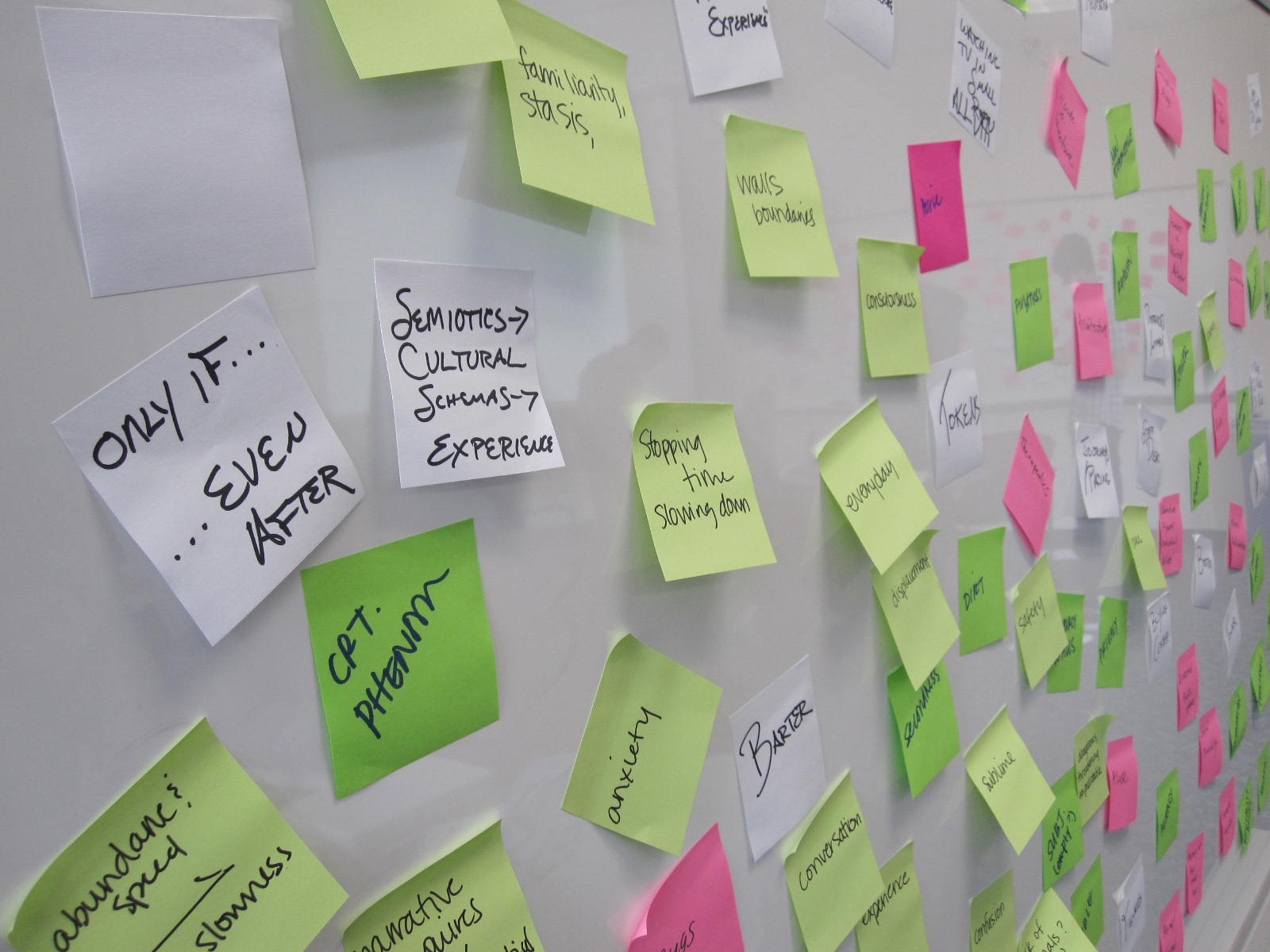I have gotten a couple of comments regarding methods, access, etc. (thanks for the comments!); I will get to those issues later this week. Today I thought I would give a description of the early portion of ethnographic research that Bloomberg’s New York is based on–a narrative of what actually happened, rather than the packaged, fabricated narrative that we as academic professionals spend so much time self-consciously producing.
First a brief backstory: from 1998-2000, I attended urban planning graduate school. Halfway through, I realized I was far more interested in analyzing cities than planning them, especially because (at that point anyway) in NYC “planning” often meant little more than manufacturing windfall profits for developers. So I headed off to the CUNY Graduate Center to work with their flock of urbanists.
Flashing forward to 2003: my dissertation research begins. The idea is for me to investigate the process by which the “business agenda” comes to be. Basically, what I am trying to do here is use ethnography to explore what happens in the gap between the functional requirements of capitalist urbanization (as laid out by Harvey, Castells, Molotch and Logan, etc. etc.) and the construction of an actual elite agenda in a specific historical, cultural, and geographical context. My focus is on the public spaces of development policy formation, such as conferences and other professional meetings, city council hearings, etc., but also on more informal mechanisms. For the latter, I draw on the network of contacts I began developing in graduate school, and I soon find out that the development policy world in NYC is pretty small and interlinked (I had an excel spreadsheet with just a couple of hundred names on it). I begin talking to people, attending those conferences, interviewing, and so on.
As I do so, I quickly realize three things. First, the Bloomberg administration is up to something different than I expect, given the standard shape of neoliberal urban governance in NYC or elsewhere. The administration is engaging in citywide urban planning, moving away from the use of indiscriminate tax subsidies, and perhaps most interestingly pulling a lot of new people into City Hall. Not surprisingly, given the new Mayor’s background in business, this includes several people from finance and other private sector industries. Less expected is the hiring of a number of very well-respected planning and policy professionals to staff the top levels of the Bloomberg administration’s development and planning agencies. Such people had largely been excluded from previous administration in favor of folks drawn from the real estate industry or from the murky world of NYC’s public-private development agencies (which basically amounts to the same thing). Bloomberg’s City Hall is becoming a hotbed corporate and professional technocracy.
Second, the Mayor’s business background (along with that of the other private sector people he was bringing into government) actually seems to matter in substantive ways. Economic development officials are telling the city council about the thorough rebranding campaign underway; city officials are referring to companies as “clients”; City Hall was being physically remodeled along the lines the Mayor had used in his private company, Bloomberg LLP; and perhaps most remarkably, the Mayor is referring to NYC as a “luxury product.” Importing private-sector logic into government is nothing new, in NYC or elsewhere, but now it is being done by people who can (and do!) credibly claim to be running the city like a private company.
Third, everybody in the development and policy world is focused on the far west side of Manhattan. Everybody. Nobody wants to talk about the business agenda formation; they want to talk about the Hudson Yards (the plan proposed for the area). The Bloomberg administration is joining NYC2012 (the city’s private Olympic bid organization), the Group of 35 (an elite commission charged with stimulating office development in NYC), the New York Jets, and a number of other planning and development groups in targeting the area to the west of Times Square and Penn Station for redevelopment. And as it turned out, graduate school classmates of mine are involved in the growing conflict over far west side redevelopment in a number of ways–some working for city agencies, others working for community organizations that oppose the plan as currently formulated.
This was a key point in my research; suddenly focusing on the process of business agenda formulation seemed a bit boring, especially since I had a full-scale development battle emerging in front of me! I also had this interesting phenomenon of the ex-CEO mayor actually running the city as a business (rather than just for business), which seemed to have some unpredictable consequences (like a willingness to raise taxes and hire egghead professors and policy professionals and respect their expertise). Finally, I had all these professionals–city planners, professors, public health experts, markets, educational experts, former management consultants, etc.–talking about the new spirit of professionalism and competence in City Hall, and the new excitement about public service that they and their peers were feeling.
Realizing all this, I began to split my research onto two tracks. First, I began investigating the early years of the Bloomberg administration, i.e. late 2001 to mid-2003, using interviews with officials, government documents, transcripts of administration testimony to the city council, and various secondary sources. Second, I threw myself into the conflict over the far west side of Manhattan, attending every community meeting, rally, city council hearing, conference, and official planning meeting I could find, and redirecting my interviewing towards those engaged in the conflict. I’ll write a bit more about the second, more ethnographic of these two tracks next time.
 Just received news of this experiment at UC Irvine:
Just received news of this experiment at UC Irvine: